#bogolan
Text

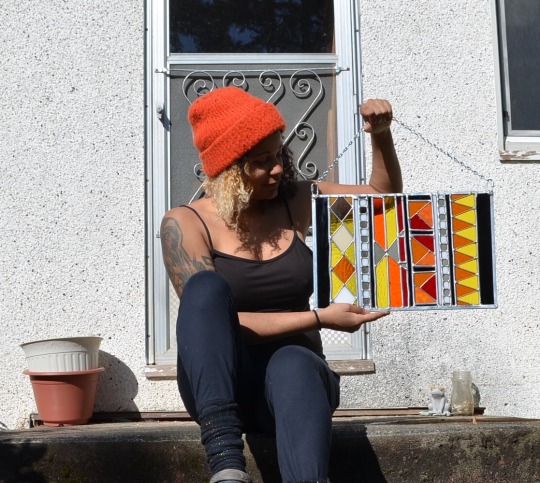
Mudcloth - Bògòlanfini (2021)
Mudcloth is seen traditionaly in west African textile patterns, dyed onto cotton sheets using fermented mud. I used only glass that would reflect SOME of the amazing colours possible by this method. The original pattern I created with inspiration drawn from different aspects my ancestry
12 notes
·
View notes
Text
Bogolan, also known as "mudcloth", is cotton Malian cloth dyed and patterned with fermented earth based dyes. It is created by the Bambara people of Mali, who make up 40% of the total population.
Bogolanfini adds a sahelcore flair to any outfit in the form of headwraps, scarves, skirts, pants or boubou (kaftan).

It may be the most emblematic Sahelian textile apart from indigo tie-dye.
A town called San is the epicenter of bogolanfini production and source of the highest quality bogolan textile.



The dyeing process has been described as "cumbersome and tedious". First, cotton strips woven by the men are then dyed by the women (who undergo year-long apprenticeships)-- but first, the fresh cloth is soaked in a sort of tea made from ngallama leaves turning it yellow. After this, it is sundried, and then patterns are repeatedly hand painted with dyes made from iron-rich riverbed clays that have been fermented in jars for up to a year. The iron in the dye turns the painted areas a very dark brown thanks to the chemical reaction between the treated cotton and the dye.
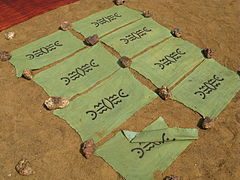
The yellow parts are bleached with soaps and then the cloth is washed, leaving behind the distinctive black and white pattern that overtime may fade to varying shades of brown.
Other methods of producing bogolanfini exist in other parts of Mali, of varying degrees of quality.


Bogolanfini entered the fashion industry via designer Chris Seydou, who brought the enigmatic traditional textile into the mainstream.
Bogolanfini was traditionally worn by hunters as camouflage, and by women after giving birth, as it was believed that the bogolanfini could control the mysterious forces released postpartum.
#sahelcore#sahel#mali#burkina faso#bogolan#bogolanfini#bambara#sahelian textile#west african textiles#bamana kingdom#bamana#malian textile#mudcloth#west african textile
3 notes
·
View notes
Link
Mudcloth Bogolan Print Shower Curtain
2 notes
·
View notes
Text
Tel des "Somans" les Aigles ont atterri à Korhogo avec une tenue traditionnelle jugé magnifique !
Untitled
View On WordPress
0 notes
Text
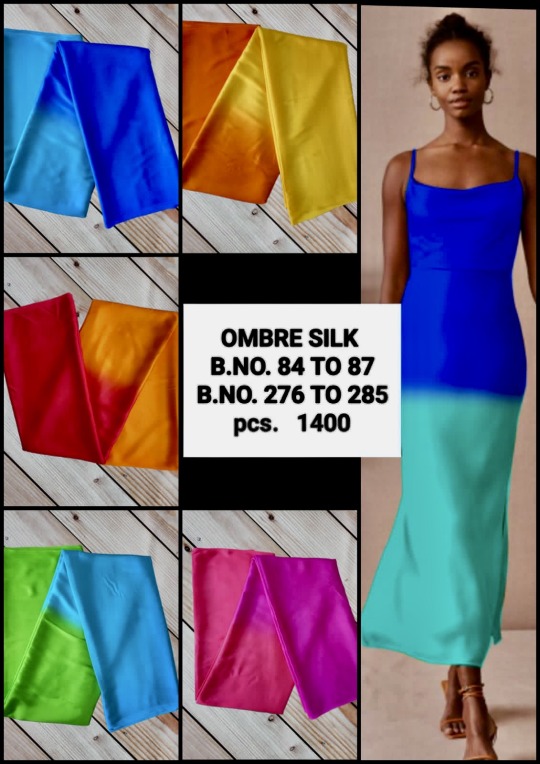


#afrique#afrika#nigerian#wavelon#ankarafashion#silk satin#chiffon#dior silk scarf replica#ankarawax#ankara#Bogolan#mudcloth#african fashion#ghanaian#senegal#textiles#dubailife
1 note
·
View note
Photo

【秋色】 . 季節の移り変りのこの時期。 暖かさと冷たさの混じる ボゴラン(西アフリカ泥染)柄のシフォンプリントのスカートがよく映えます🍂🍁 . めちゃめちゃ軽くて、 でも裏地付きなので透けることもなく、 スカートのひらひらと揺れる動きを楽しめます🎵 . WEBSHOP 掲載中です☺️ . . そして、 10/10(月祝)12:00〜は此花区民一休ホールのイベントに出店です🐾 プロレス居酒屋リングサイドの5周年イベント「ANIVERSARIO 5」🥊 ・プロレス ・マスク博覧会 ・多国籍フード ・物販コーナー ・ワールドダンス なんだか面白そうでしかないっ😎 . 上記の何かにピンと来た人はぜひお誘い合わせの上遊びに来て下さいませ😊 . #秋色 #秋色カラー #ボゴラン #プロレス #プロレスマスク #アフリカ雑貨 #イロのある生活 #kwamalogo #bogolan #africanfashion (アフリカ雑貨&オリジナル 『kwa Malogo/クワァ マロゴ』) https://www.instagram.com/p/CjPrI2-PZcU/?igshid=NGJjMDIxMWI=
0 notes
Photo



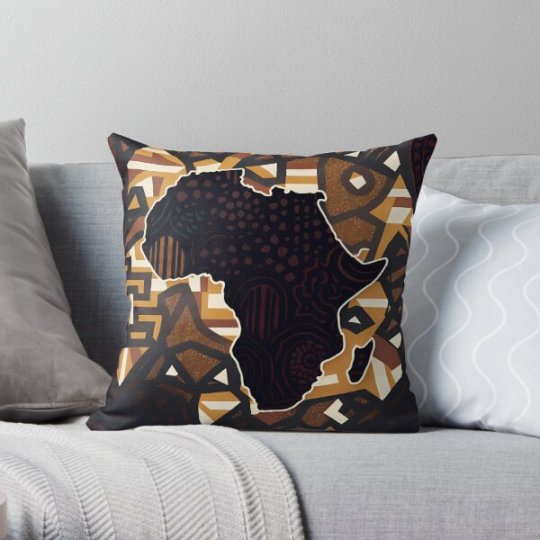

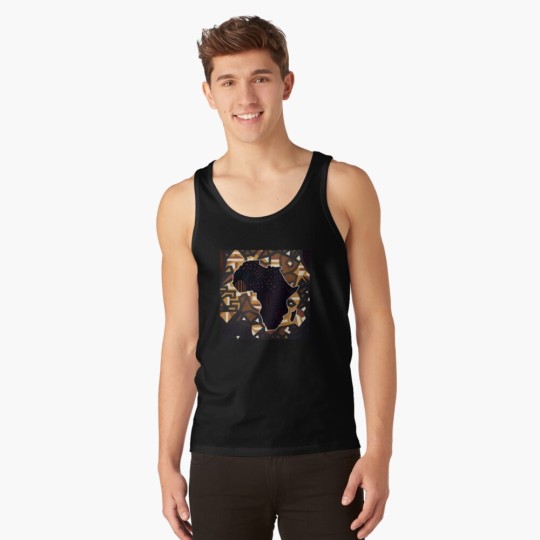
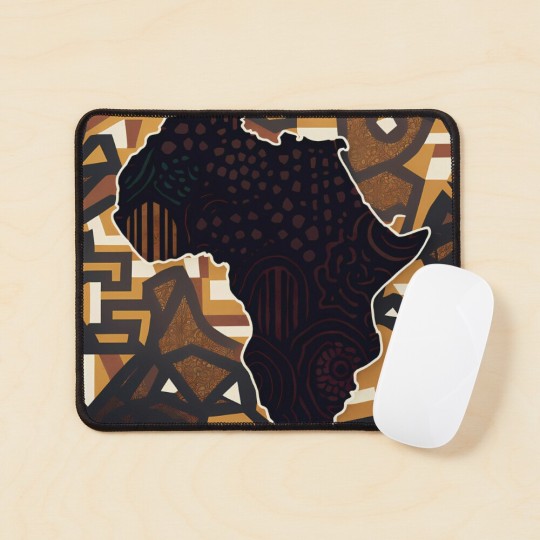
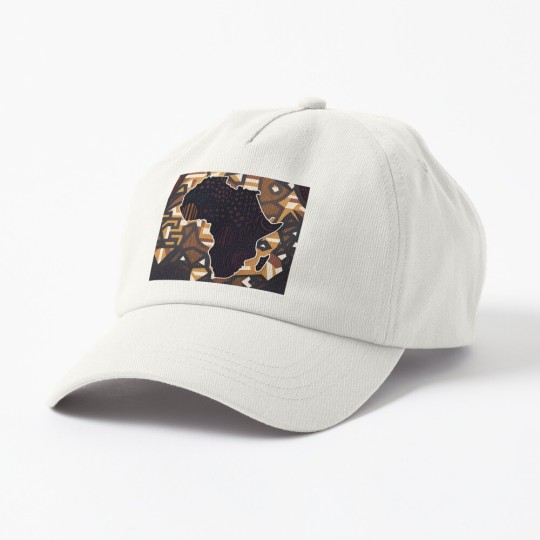


(via Coussinundefined avec l'œuvre « "Exploration Culturelle : Carte de l'Afrique en Tissu Bogolan" » de l'artiste Art-Vortex-fr)
#findyourthing#redbubble#bogolan Mali carte de l'Afrique motifs culture tradition authenticité vêtement technique traditionnelle.
0 notes
Photo



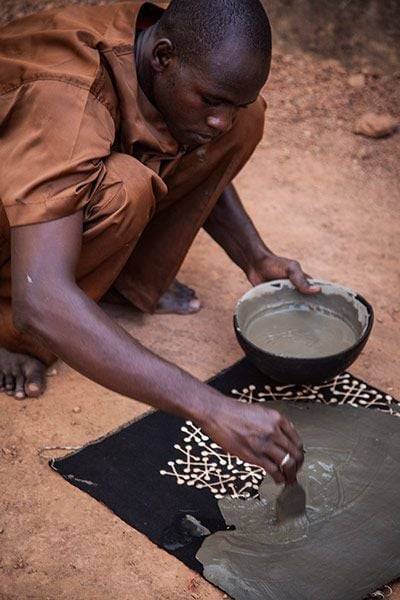
Mud cloth or bogolan from Mali. Seen here is an assistant to Malian designer Boubacar Doumbia. Photo - David Crookes.
"The sun is scorching the courtyard in suburban Ouagadougou, capital of Burkina Faso, where Malian designer Boubacar Doumbia has set up a temporary workshop. Swatches of fabric from his new collection – hand-painted in intricate detail – are drying on the hot, dusty ground. A young assistant appears, bringing a bowl of mud.
Deep grey, it has the consistency of custard and smells of river water and metals."
https://www.theguardian.com/.../homes-african-textiles...
https://www.theguardian.com/.../interior-design-ideas...
35 notes
·
View notes
Note
Referring to it as a “mud cloth” is stereotyping another cultures tradition/heritage. In a nut shell, it’s how the white colonisers described it. And to refer to it as that, on a podcast specifically marketed at stereotyping, just shows how little she truly knows about the world outside of her own world. I wonder if she knows that “mud cloths” or to use their correct name Bogolans were traditionally given to girls when they came of age after their FGM ceremony had taken place 🤔
Thank you!
Her comment about it being "instinct" sealed it for me that she was being awful.
Referring to it as a “mud cloth” is stereotyping another cultures tradition/heritage. In a nut shell, it’s how the white colonisers described it.
Meghan also tends to think that Africa is just one country's and fails to understand all of the different cultures and people within their own countries with the continent.
29 notes
·
View notes
Text


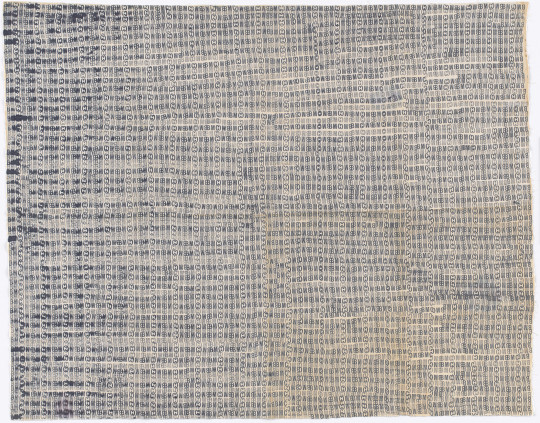
This week's theme is repeating elements: images containing identical or similar visual units stamped, pasted, drawn, or painted at regular intervals across the surface of a support. Variations in the color or placement of these units can lend a great deal of visual interest in what might otherwise read as boring wallpaper patterning.
In the Malian mud cloth at top, the same elements continually shift out of alignment with one another, defeating our expectation of symmetry and producing an endlessly fascinating pattern. Anna Albers challenged her textile students to create "woven" patterns using a typewriter; in this example, I find visual appeal in the contrast between the two very rigid patterns, as well as in the slight inconsistency of individual key strikes. Ruth Asawa used a laundry stamp reading "BMC" (for Black Mountain College in North Carolina, where she was a student and also the supervisor of the student-run laundry facility) to produce a dense overall pattern where every inconsistency adds to our perception of a wavy, undulating surface.
Bamana peoples, Mali, Africa. Bogolan Wrap, made before 1910. Cotton and dye, 54 1/2 x 34 1/16 inches. Metropolitan Museum of Art, New York.
Anni Albers (American, born Germany, 1899-1994). Studies made on the typewriter, not dated. Typewriter printing in blue ink on paper mounted on board, 10 1/2 x 6 1/2 inches. The Josef and Anne Albers Foundation, Bethany, CT. Source.
Ruth Asawa (American 1926-2013). Untitled (BMC.145, BMC Laundry Stamp) c. 1948-49. Stamped ink on fabric sheeting, 36 3/4 x 45 1/2 inches. Museum of Modern Art, New York.
1 note
·
View note
Text
Black Contribution to Fashion and Wardrobe in the West: Past, Present and Future
How We Arrived | A Brief Recount with Many Threads
Fashion is a form of communication that reflects the identity, culture and values of individuals and groups. Fashion is also influenced by the social, political and economic contexts of different times and places. Throughout history, Black people have contributed to fashion and wardrobe in the West in various ways, from creating original styles and trends to challenging stereotypes and discrimination. In this article, we will explore some of the aspects of Black contribution to fashion and wardrobe in the West, and how they might shape the future of fashion.

The Origins of Black Fashion
Black fashion has its roots in the diverse cultures and traditions of Africa, where clothing was not only a functional necessity, but also a symbolic expression of status, religion, ethnicity and aesthetics. African textiles, such as kente, adire, bogolan and shweshwe, were made with intricate techniques and patterns, and often dyed with natural colors from plants and minerals. African clothing, such as dashikis, kaftans, boubous and agbadas, were designed to fit the climate and the lifestyle of the people, and often embellished with beads, shells, feathers and metalwork. African fashion also reflected the influence of other cultures, such as Arab, European and Asian, through trade, migration and colonization.
The Impact of Slavery and Colonialism
The transatlantic slave trade and the colonization of Africa by European powers had a profound impact on the fashion and wardrobe of Black people in the West. Enslaved Africans were stripped of their cultural identity and forced to wear the clothing of their oppressors, which was often cheap, coarse and ill-fitting. However, enslaved Africans also resisted and adapted to their situation by modifying, embellishing and personalizing their clothing, using scraps of fabric, buttons, ribbons and jewelry. They also preserved and transmitted some of their cultural heritage through their clothing, such as headwraps, turbans, bandanas and scarves, which were worn for protection, modesty and dignity. Some enslaved Africans also managed to acquire or make finer clothing, especially for special occasions, such as weddings, funerals and holidays, which allowed them to express their individuality, creativity and pride.
The Rise of Black Fashion Movements
The abolition of slavery and the civil rights movement in the 19th and 20th centuries gave rise to various Black fashion movements that challenged the dominant norms and standards of beauty, and celebrated the diversity and richness of Black culture. Some of the examples of these movements are:
The Harlem Renaissance: A cultural and artistic movement that emerged in the 1920s and 1930s in Harlem, New York, where Black artists, writers, musicians and intellectuals created a vibrant and influential scene that showcased their talents and achievements. The Harlem Renaissance also influenced fashion, as Black people adopted and adapted the styles of the Jazz Age, such as flapper dresses, zoot suits, fedoras and pearls, and added their own flair and elegance. Some of the icons of this movement were Josephine Baker, Billie Holiday, Langston Hughes and Zora Neale Hurston.
The Black Power Movement: A political and social movement that emerged in the 1960s and 1970s in the United States, where Black people demanded their rights, freedom and justice, and asserted their identity, dignity and self-determination. The Black Power Movement also influenced fashion, as Black people embraced and reclaimed their African roots, and expressed their solidarity and resistance. Some of the styles of this movement were Afros, cornrows, braids, dashikis, leather jackets, berets and sunglasses. Some of the icons of this movement were Malcolm X, Angela Davis, Huey P. Newton and Kathleen Cleaver.
The Hip Hop Movement: A cultural and artistic movement that emerged in the 1970s and 1980s in the Bronx, New York, where Black and Latino youth created a new form of music, dance, art and fashion that reflected their realities, experiences and aspirations. The Hip Hop Movement also influenced fashion, as Black and Latino youth innovated and experimented with different styles, such as baggy jeans, sneakers, tracksuits, baseball caps, gold chains and graffiti. Some of the icons of this movement were Grandmaster Flash, Run-DMC, LL Cool J and Salt-N-Pepa.

The Influence of Black Fashion on the Mainstream
Black fashion has not only been a source of inspiration and empowerment for Black people, but also a source of influence and appropriation for the mainstream fashion industry and culture. Black fashion has often been copied, imitated and commodified by white designers, celebrities and consumers, who have profited from the creativity and originality of Black people, without giving them proper credit, recognition or compensation. Some of the examples of this phenomenon are:
The minstrel shows: A form of entertainment that originated in the 19th century in the United States, where white performers wore blackface and exaggerated costumes to mock and stereotype Black people and their culture. The minstrel shows also influenced fashion, as white people adopted and adapted some of the clothing and accessories of Black people, such as hoop skirts, bandanas, gloves and canes, and used them for amusement and mockery.
The orientalism: A form of representation that originated in the 19th and 20th centuries in Europe and the United States, where white artists, writers and scholars depicted and distorted the cultures and peoples of Asia, Africa and the Middle East as exotic, mysterious and inferior. Orientalism also influenced fashion, as white designers, celebrities and consumers adopted and adapted some of the clothing and accessories of these regions, such as turbans, kaftans, kimonos and harem pants, and used them for fantasy and fetishism.
The cultural appropriation: A form of exploitation that occurs in the contemporary globalized world, where white designers, celebrities and consumers adopt and adapt some of the clothing and accessories of marginalized and oppressed cultures, such as Native American headdresses, Indian bindis, African prints and dreadlocks, and use them for fashion and fun, without respecting or understanding their meanings and histories.

The Future of Black Fashion
Black fashion has a long and rich history that reflects the struggles and achievements of Black people in the West and beyond. Black fashion also has a bright and promising future that offers new possibilities and opportunities for Black people to express their identity, culture and values. Some of the trends and developments that might shape the future of Black fashion are:
The Afrofuturism: A form of imagination that envisions the future of Black people and their culture in relation to science, technology and innovation. Afrofuturism also influences fashion, as Black people create and wear clothing and accessories that combine elements of their African heritage and their futuristic aspirations. Some of the examples of this trend are the movie Black Panther, the singer Janelle Monáe and the designer Mowalola Ogunlesi.
The sustainability: A form of awareness that recognizes the environmental and social impacts of the fashion industry and its practices. Sustainability also influences fashion, as Black people create and wear clothing and accessories that are made with ethical, organic and recycled materials, and that support local, fair and diverse production. Some of the examples of this trend are the brand Lemlem, the model Adwoa Aboah and the activist Dominique Drakeford.
The diversity: A form of inclusion that celebrates and respects the differences and similarities among Black people and their culture. Diversity also influences fashion, as Black people create and wear clothing and accessories that reflect their various identities, such as gender, sexuality, class, religion and disability. Some of the examples of this trend are the magazine CRWN, the actor Billy Porter and the designer Sinéad Burke.
Black fashion is a powerful and dynamic phenomenon that has contributed to fashion and wardrobe in the West in many ways. Black fashion is also a potential and transformative phenomenon that can contribute to fashion and wardrobe in the West in many more ways. Black fashion is not only a form of communication, but also a form of expression, resistance and liberation.
Amid a period when history classes might opt to reinterpret the Black influence, fashion schools are progressively integrating Black fashion history into their curricula, all credited to the efforts of committed educators. These educators employ diverse methodologies—lectures, discussions, and practical projects—to impart the narrative of Black fashion history. Additionally, they actively strive to broaden the spectrum of Black fashion designers and styles presented within the classroom setting.
Here are some of the experts, educators and advocates for continued education in the evolutionary process of Black Fashion:
- Dr. Jonathan Square, assistant professor of Black Visual Culture at Parsons School of Design and founder of Fashioning the Self in Slavery and Freedom, who teaches courses on Black beauty culture and Black fashion history, and organizes events and exhibitions on these topics
- Dr. Tanisha C. Ford, associate professor of Africana Studies and History at the University of Delaware and author of Liberated Threads: Black Women, Style, and the Global Politics of Soul, who explores the connections between fashion, activism and social movements, and co-curated the exhibition Black Girlhood and the Power of Belonging at the Delaware Art Museum.
- Dr. Monica L. Miller, associate professor of English and Africana Studies at Barnard College and author of Slaves to Fashion: Black Dandyism and the Styling of Black Diasporic Identity, who examines the role of fashion in shaping Black identity and culture, and co-edited the book Black Dandyism: A Reader.
- Elizabeth Way, associate curator of costume at The Museum at FIT and co-curator of the exhibition Black Fashion Designers, who researches and showcases the work of Black fashion designers from different eras and regions, and organizes public programs and publications on Black fashion history.
*see also The Experts Bringing Black Fashion History to Fashion Education: https://fashionista.com/2023/10/experts-teaching-black-fashion-history by Fashionista:

Empowering Movements in Black Fashion
The unique expression and activism within Black culture persistently shape fashion's diversity and interconnectedness. This influence resonates through the multicultural fabric of humanity, impacting even mainstream trends, notwithstanding past challenges of appropriation and insufficient acknowledgment.
Discover the world of Black fashion and become an active participant in its vibrant tapestry! Here are actionable steps to engage with and support Black fashion:
Attend Exhibitions: Showcasing Black designers and movements.
Support Black-Owned Businesses: Empower Black entrepreneurship by consciously choosing to support Black-owned fashion brands.
Educate Yourself: Explore the rich history of Black fashion, discover how these contributions have effected your style.
Black fashion is a global style panorama. Thank you for reading, comment, like and follow.
1 note
·
View note
Note
I've seen Africans, including South Africans, be upset that she referred to the cloth the nanny used to tie Archie onto her back as a 'mud cloth.' Apparently that's a colonial term for a bogolan.
Oh that’s not very cool.
It’s possible that the nanny called it that so she called it that too & wasn’t aware of the colonial ties. It was likely an honest mistake. And you guys know I don’t really defend M these days, but I feel like this one was completely unintentional with no harm meant.
5 notes
·
View notes
Text
Robes wax | Robe portefeuille et longue en tissu africain - Afrikrea
6 notes
·
View notes
Link
Bogolan o Bògòlanfin de los Bamana Cap. XVI
#losbamana #Malí #BurkinaFaso #senegal #guineaconakry #guineabissau #Mauritania #Níger #africa
0 notes
Link
Check out this listing I just added to my Poshmark closet: Kim Seybert table runner..
0 notes